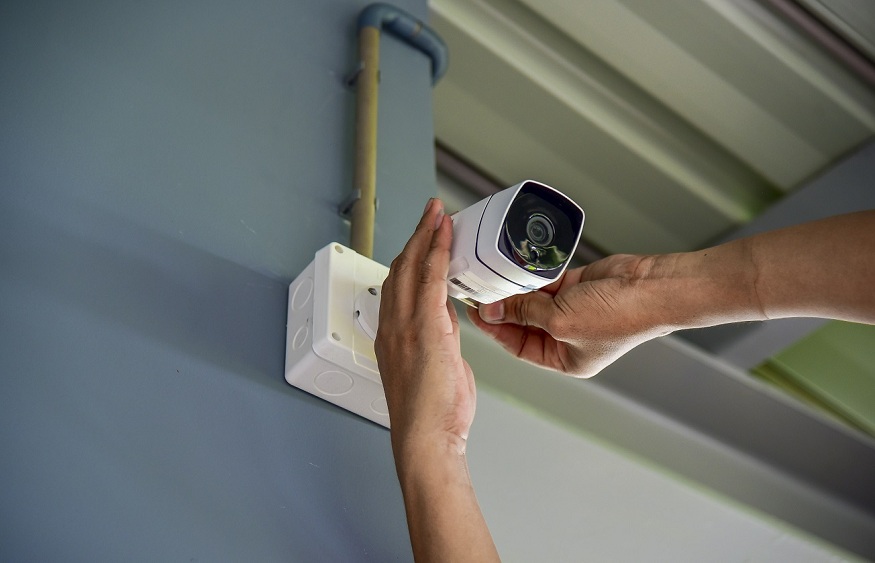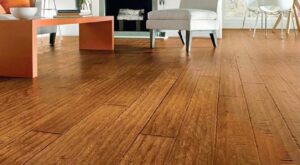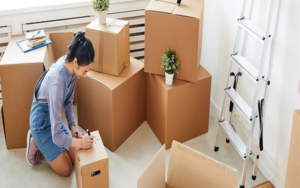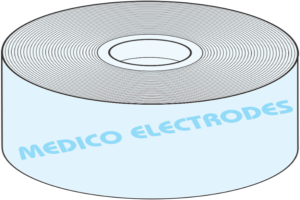Important considerations when installing home surveillance cameras

There hasn’t been a better technological development than the security camera. security camera may be quite useful, especially when crime rates rise and more antisocial people move into the city. Historically, businesses and offices have been the most likely to install security cameras, but this is changing as more people recognize the benefits of having surveillance cameras in their own homes. People still look for guidance on how to set up security camera despite their widespread use. DIY projects are never a good idea, and we insist that you don’t try them. A security video system may be installed independently, but doing so is a time-consuming process. Even more crucially, errors made throughout the security camera installers may lead to subpar coverage, inefficient storage, and inadequate management. Hiring experts will ensure that these issues are taken care of and that you get the optimal configuration for your requirements. If you’re going to employ a professional to install security cameras, there are still certain details you need to handle.
There are a few things to keep in mind before putting up security cameras at your house or place of business.
Cover maximum area
You’ll have to assess the situation and decide which weak spots need protection. An analyst from the company installing the security camera system will come and assist determine the optimum spots to set up cameras for maximum coverage. If there is a particular spot you want the camera to capture, you may specify it to the expert as well.
The Different Kinds of security cameras Used in security camera
These days, most security systems simply employ wireless security cameras. Because of them, wiring is unnecessary. Additionally, these cameras are simple to use. Nevertheless, not all security cameras on the market are created equal. Conventional directional cameras, sometimes known as bullet cameras, are stationary and face just one way. Spherical cameras like the kind you may see in a shopping center or an office building can view in every direction. It is important to consider both the coverage and image quality requirements when selecting cameras.
Ideal places to install
This relates to the coverage issues we spoke about before. Do not overlook possible weak spots. This also necessitates the deployment of location-specific camera configurations. A camera installed inside your home will function differently than one installed outside your garage door. Next, don’t forget about indoor coverage. However, thieves and robbers are becoming more adept at evading outside cameras, and even whole area coverage may be circumvented by intruders using masks. What the criminals don’t count on is the interior camera. A low-light dome camera installed inside may save a lot of headaches in the long run.
Authorizations from local officials
Security camera installations may need clearance from local authorities, depending on the specifics of the situation. It is common etiquette to do so even though it is not required by law. To some extent, your neighbor’s house or business may be seen from the outdoor security cameras you set up. If they seem uneasy, do tell them and try a different vantage point. Before installing anything in a residential community, you must usually get approval from the neighborhood’s civic organization or body (like the RWA). In most apartment buildings, approval is also needed to install security camera in private residences.
Technological Considerations
It is up to you to find out the nuts and bolts of your security system. Make sure your cameras can capture high-definition video first. Afterward, think about what supplementary tools you’ll need. The equipment needed to capture and store footage from a security camera system is often installed at the same time. Some even let you save your recorded videos in the “cloud,” or online. As with desktop or portable computers, data may be stored locally on a hard drive. As opposed to your laptop, the hard drive in a camera system has a significantly larger storage capacity and can maintain a constant recording rate for much longer. Although, they do need periodic replacement. The length of time you choose to keep any rearranged video is another consideration. Select a period between one minute and three months, or even longer if necessary. Last but not least, go for a setup that can be managed from afar. Because of this, you will be able to check in on and adjust the security camera system even while you’re far from home.
You should now be acquainted with the process of installing security cameras in your house to give the best possible degree of protection for you and the people you care about.With any luck, the information presented here will help you feel more confident in your ability to set up a security camera.







